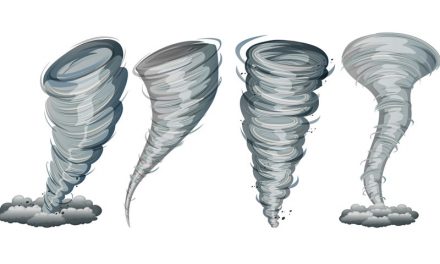The WEF meet this year has started today in Davos. Movers and Shakers from world over will meet over next 4 days to exchange notes on what is working, what is not working and how the global economy is responding to various forces.
Klaus Schwab, the founder chairman of WEF wrote an opening blog last week on the Fourth Industrial revolution, what it means and how to respond to it.
He lists the four revolutions we have seen so far in his blog–
“The First Industrial Revolution used water and steam power to mechanize production. The Second used electric power to create mass production. The Third used electronics and information technology to automate production. Now a Fourth Industrial Revolution is building on the Third, the digital revolution that has been occurring since the middle of the last century. It is characterized by a fusion of technologies that is blurring the lines between the physical, digital, and biological spheres.”
(You can read the rest of the blog here – http://www.weforum.org/agenda/2016/01/the-fourth-industrial-revolution-what-it-means-and-how-to-respond)
While his blog deals very well with the challenges this revolution poses for us – on economic, socio, political, and human fronts, and possible strategies, this post is specifically about the navigational measures (or the lack thereof) we need to cope with the changing times.
One of the many reasons most companies and economies find it difficult to cope with the rapidly changing economic scenarios is the fact that the indicators and measures available to them to deal with technology spends and economic implications of those do not exist or are grossly inadequate.
As the transportation means moved from carriages driven on horses to locomotives driven by steam, to gasoline driven cars and trains and aircrafts, the measures of speed and engine power have changed and transportation industry adopted different sets of indicators and parameters based on the new modes of transportation.
We are not using the same set of measures and instruments to navigate our transportation as the transportation means changed over the century.
As we go about navigating the course of companies, industries and nations through economic cycles, through the 4th industrial revolution as mentioned by Klaus Schwab in his blog last week, the indicators and measures we have today cannot be the same as we had for measuring progress for second (mass production) and third (electronic and IT) revolution.
In fact, the measures for economic growth and shifts which are used today (eg GDP, S&P, consumer confidence, manufacturing indices etc.) have all evolved from the industrial revolution and are not adequate for the huge trillion dollar technology economy which is forcing the fourth industrial revolution today.
I quote from Howard Rubin, an expert in this area, “With worldwide digital/technology spending closing in on 6 trillion dollars a year, the global Digital & Technology Economy would rank between China and Japan if it were a GDP and would be more than twice that of the UK, and this will be bigger than GDP of 180 countries.”
You can watch this interview with Howard on http://www.virtualclarity.com/video-digital-tech-economics/
There are linkages between Digitization, Technology Investment and economic indicators like GDP and Labor productivity. However, these need to be understood and studied from a perspective rooted in study of Technology economics based on measures which are aligned to the technology economy, not industrial measures which use technology as a spend to be constantly reduced.
As about what are those measures, and how it will help us in navigating our progress through the fourth industrial revolution, that is a matter of another post subsequently.
In the meanwhile, I hope the Davos meet gives all the leaders and their followers more insights to prepare for the fourth “Digital” revolution!










